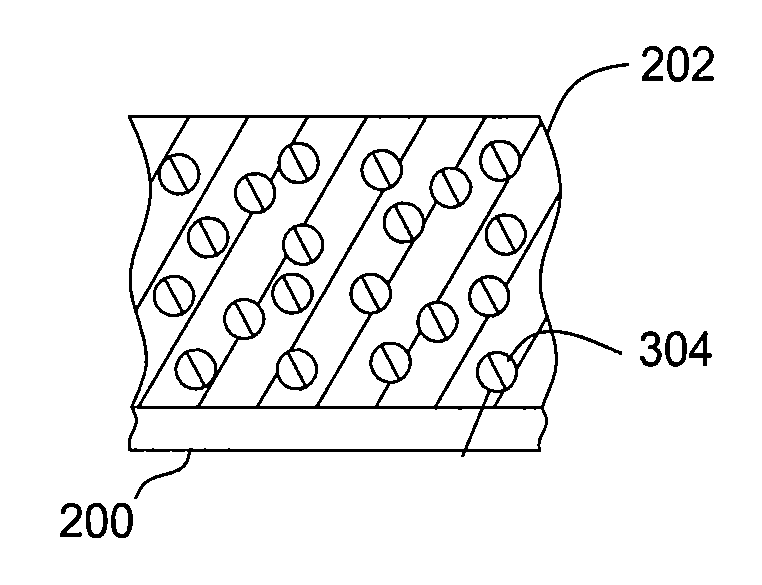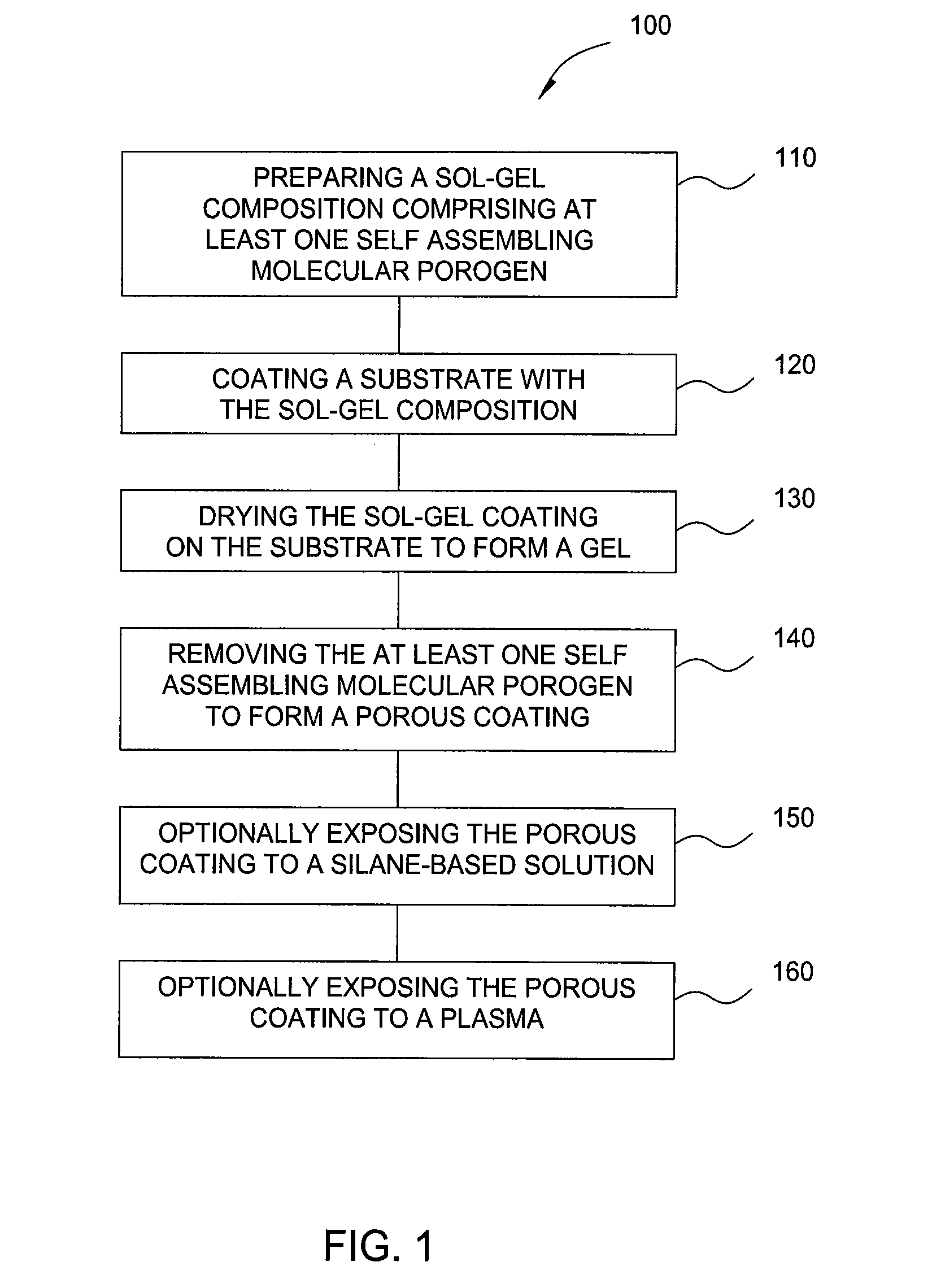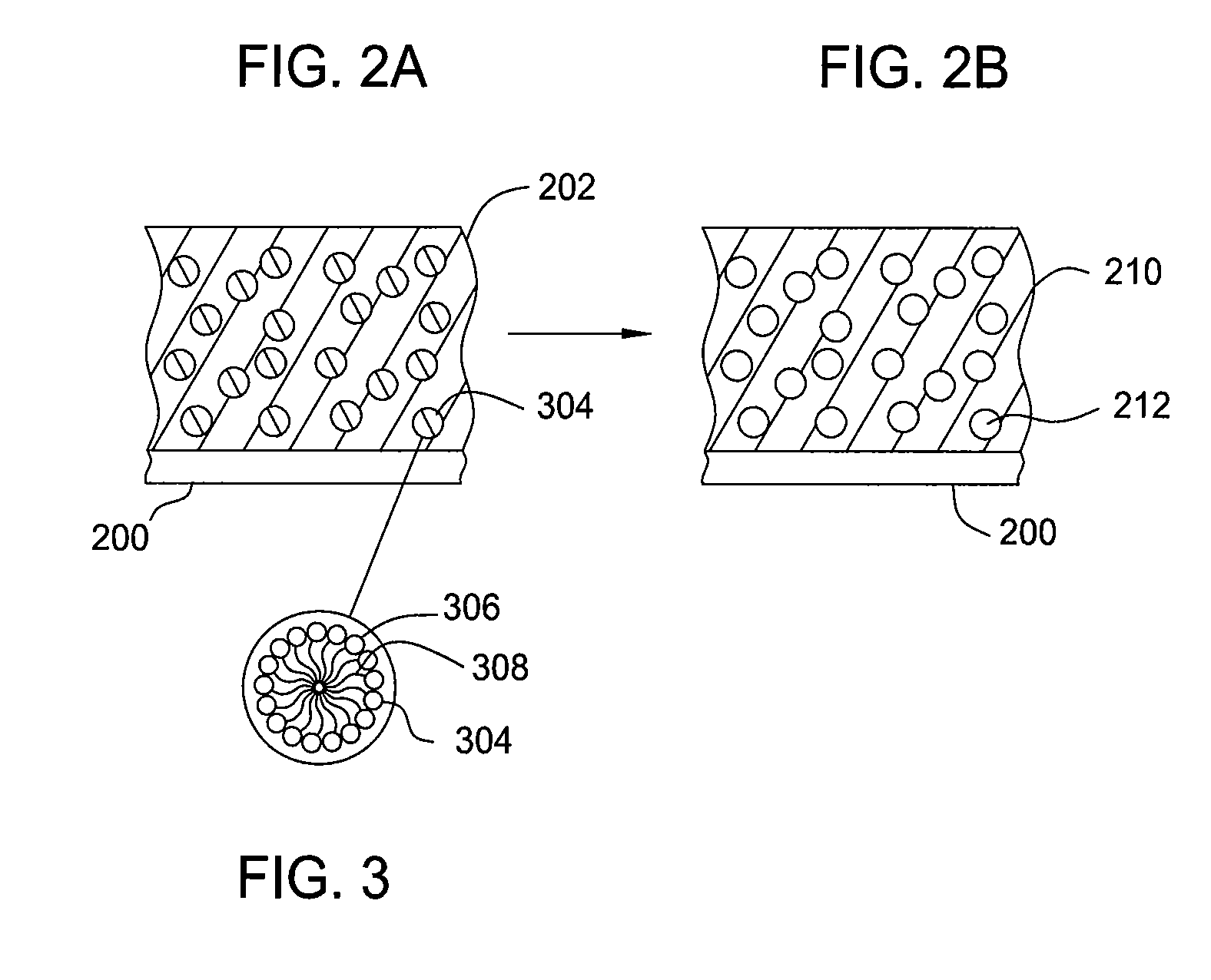Sol-gel based formulations and methods for preparation of hydrophobic ultra low refractive index Anti-reflective coatings on glass
a technology of anti-reflective coatings and hydrophobic solutions, which is applied in the direction of anti-reflective coatings, coatings, chemistry apparatuses and processes, etc., can solve the problems of high moisture absorption resistance of porous ar coatings used in solar applications, deficiencies in coatings when used in certain applications, etc., and achieves small pores and larger pores
- Summary
- Abstract
- Description
- Claims
- Application Information
AI Technical Summary
Benefits of technology
Problems solved by technology
Method used
Image
Examples
examples
[0060]Objects and advantages of the embodiments described herein are further illustrated by the following examples. The particular materials and amounts thereof, as well as other conditions and details, recited in these examples should not be used to limit embodiments described herein. Unless stated otherwise all percentages, parts and ratios are by weight. Examples of the invention are numbered while comparative samples, which are not examples of the invention, are designated alphabetically.
example # 1
Example #1
[0061]Tetraethylorthosilicate (TEOS) corresponding to 3% total ash content (based on equivalent weight of SiO2 produced) in the final composition was mixed with water (2 times stoichiometric amount based on TEOS), nitric acid (0.02 times the molar TEOS amount) and n-propanol (10-100 times molar TEOS). The solution was stirred for 24 hours at room temperature or elevated temperature (50-60 degrees Celsius). The solution was cooled to room temperature and mixed with an additional amount of n-propanol to bring the total ash content of the solution to 3%. SILWET® L-77 surfactant was added to this solution at 3% mass level to act as a molecular porogen. The solution was either dip (coating speed ˜10 mm / sec) or spin coated (1,000-1,400 rpm) on pre-cleaned borosilicate (BSG) or sodalime glass to achieve a film thickness of around ˜150 nanometers after annealing. The glass substrate was then dried at 150 degrees Celsius for 30 minutes in an oven to evaporate all the solvent and th...
example # 3
Example #3
[0065]A porous coating prepared as described in example #1 was treated in a vacuum oven containing HMDS vapors mixed with nitrogen for approximately 15 minutes and stored along with an untreated film.
[0066]The impact of moisture absorption was studied on both the HDMS treated samples and the untreated samples and it was observed that the porous coating modified using HMDS retained its optical properties better than the untreated film over one week's time. Thus the film treated with HMDS was more hydrophobic or moisture resistant than the untreated porous coating.
PUM
| Property | Measurement | Unit |
|---|---|---|
| Temperature | aaaaa | aaaaa |
| Temperature | aaaaa | aaaaa |
| Temperature | aaaaa | aaaaa |
Abstract
Description
Claims
Application Information
 Login to View More
Login to View More - R&D
- Intellectual Property
- Life Sciences
- Materials
- Tech Scout
- Unparalleled Data Quality
- Higher Quality Content
- 60% Fewer Hallucinations
Browse by: Latest US Patents, China's latest patents, Technical Efficacy Thesaurus, Application Domain, Technology Topic, Popular Technical Reports.
© 2025 PatSnap. All rights reserved.Legal|Privacy policy|Modern Slavery Act Transparency Statement|Sitemap|About US| Contact US: help@patsnap.com



